China has the largest number of automobiles in the world. More and more families own their own cars. The development of the automobile industry is also booming. The high sales of automobiles will directly affect the use of tires. As a consumable of automobiles, tires also have a large number of waste tires every year. If these tires are personal It is very difficult to deal with it, so many people choose to give it to the garage or the like. Not only do you do a good job of disposing of used tires, but you also get some money. So do you know where all these collected waste tires are going?
Scrap tires are not only useless for the average person, but also a big problem, but they are as valuable as gold for manufacturers who specialize in recycling used tires. For those tires that are particularly badly worn out, they break them down into a new resource, such as making rubber powder, which can be further processed into raw rubber, and then they can play its role. Anyway, no matter how old the tire looks, it can be used again after recycling.
Recent years, the recycling and recycling industry has added new industry tools. In order to adapt to the pace of industrial modernization, the recycling industry is also constantly reforming and innovating. In order to realize the comprehensive, green and efficient development and reuse of mineral resources, waste Garbage shredder equipment came into being. It is reported that the application of this equipment will greatly improve the recycling efficiency of waste tires, after the Garbage shredder equipment processing waste tires can be processed into rubber again. Such a production line can recycle 50,000 tons of scrap steel radial tires annually. According to the calculation that every 3 tons of recycled rubber can replace 1 ton of raw rubber, the consumption of raw rubber can be reduced by 16,000 tons, which is equivalent to the annual output of 200,000 Mu rubber plantation.
Waste tire is a kind of waste which occupies a large amount of environmental space and is difficult to compress, collect and eliminate. Given the uncertainty of the time required for decomposition of old tires, they are not biodegradable and contain some hazardous elements. Such as lead, chromium, cadmium and other heavy metals, if not properly disposed of and managed, will pose a threat to human health and the environment.



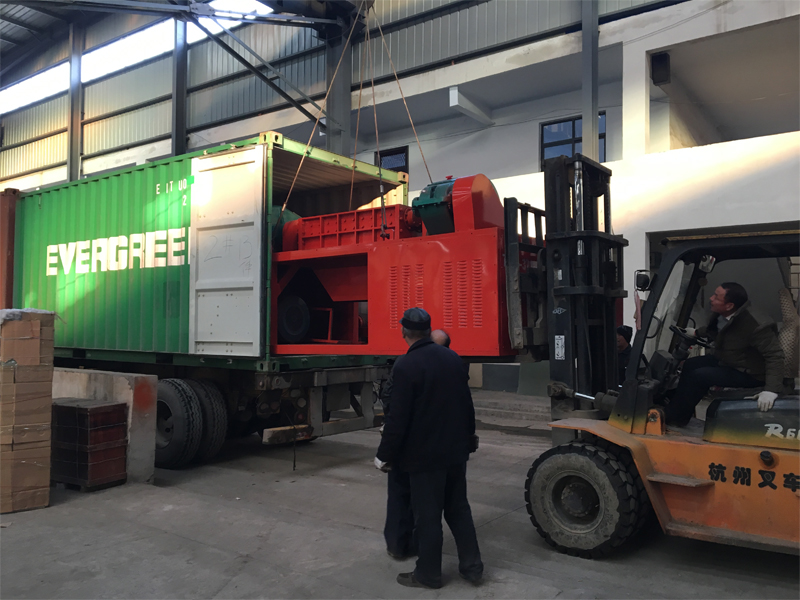
 Related Products
Related Products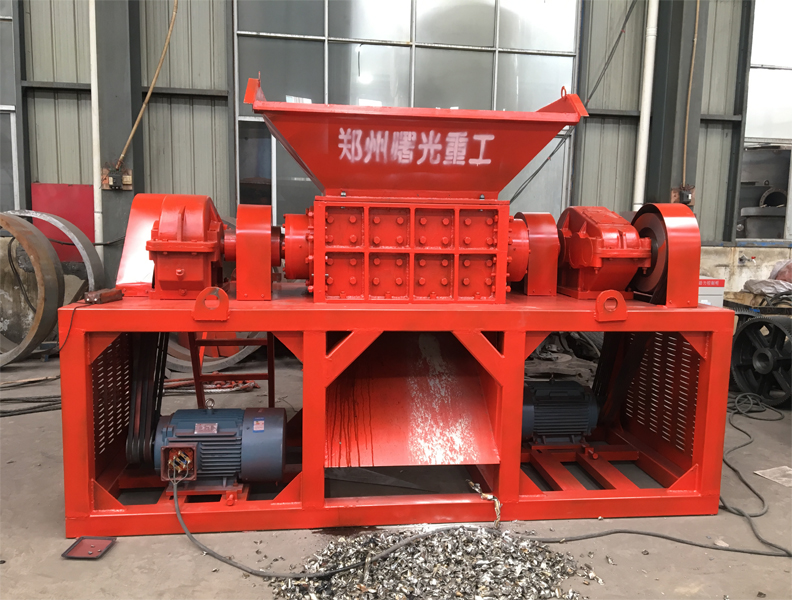
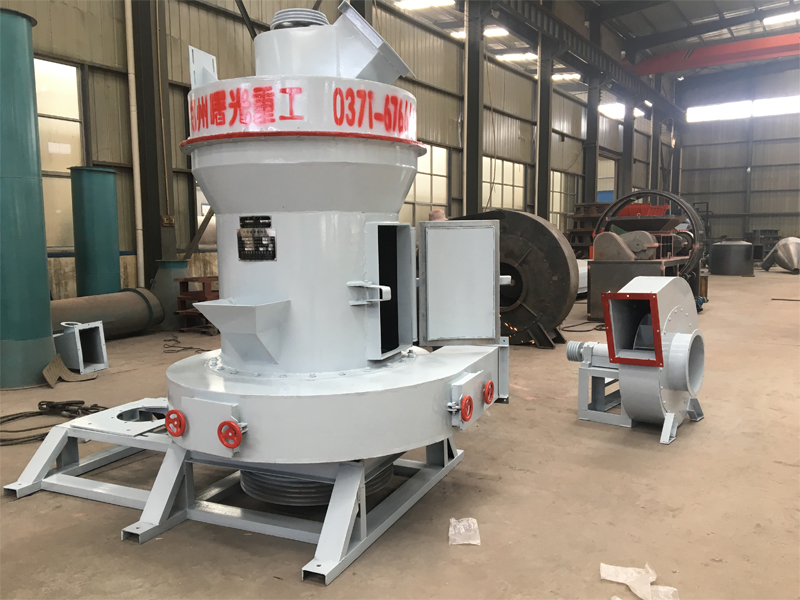
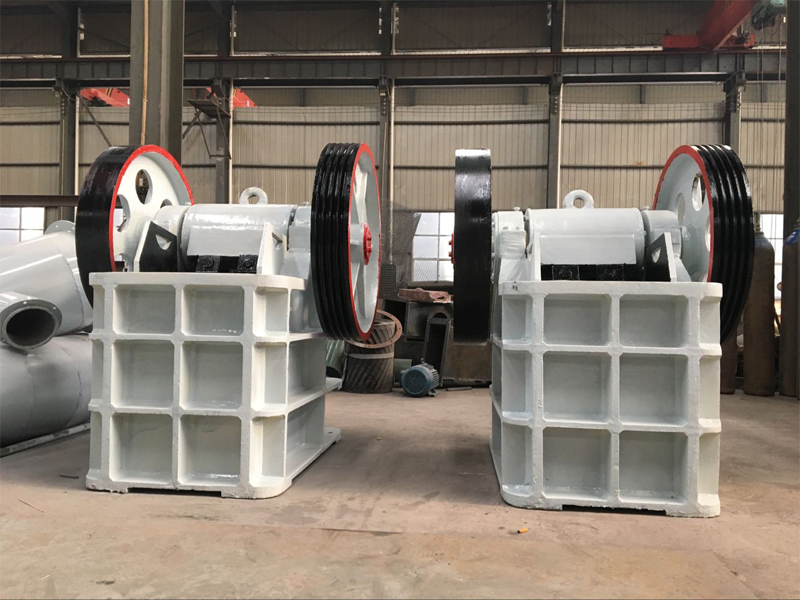
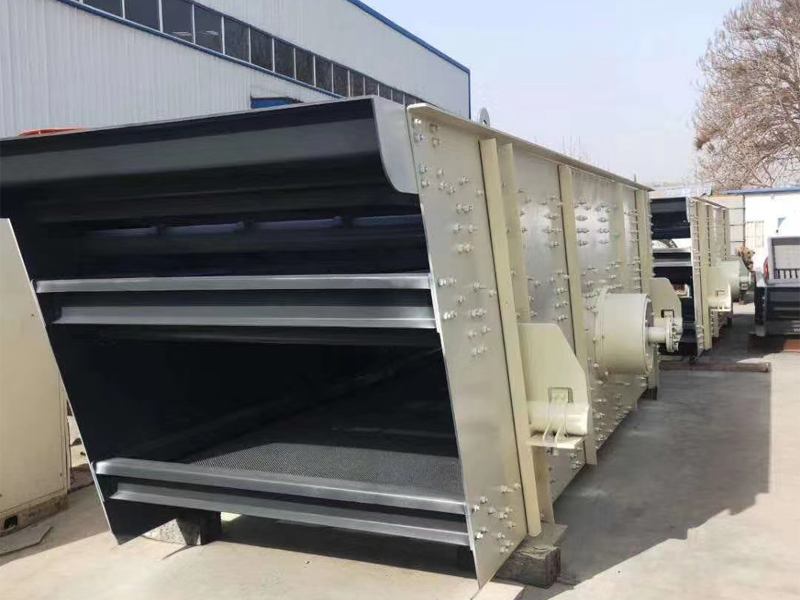
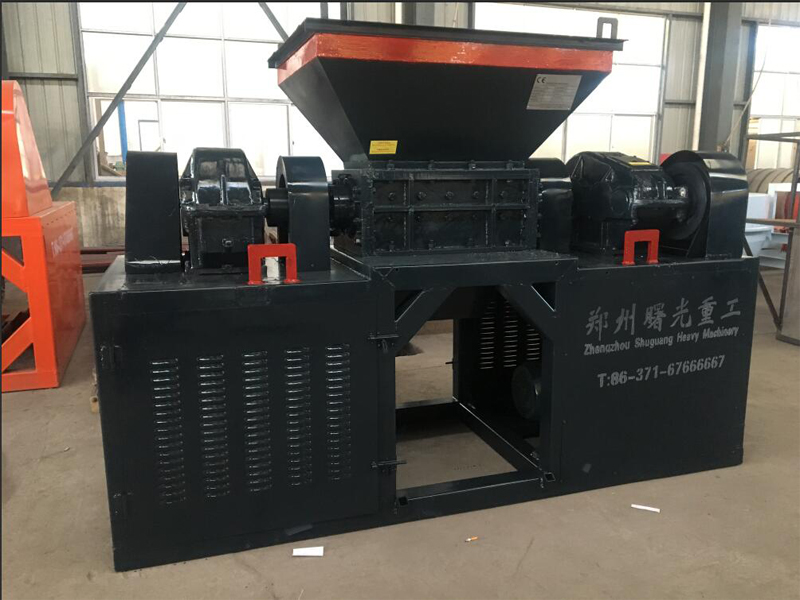
 Email
Email
 Telephone
Telephone
 Leave Message
Leave Message
